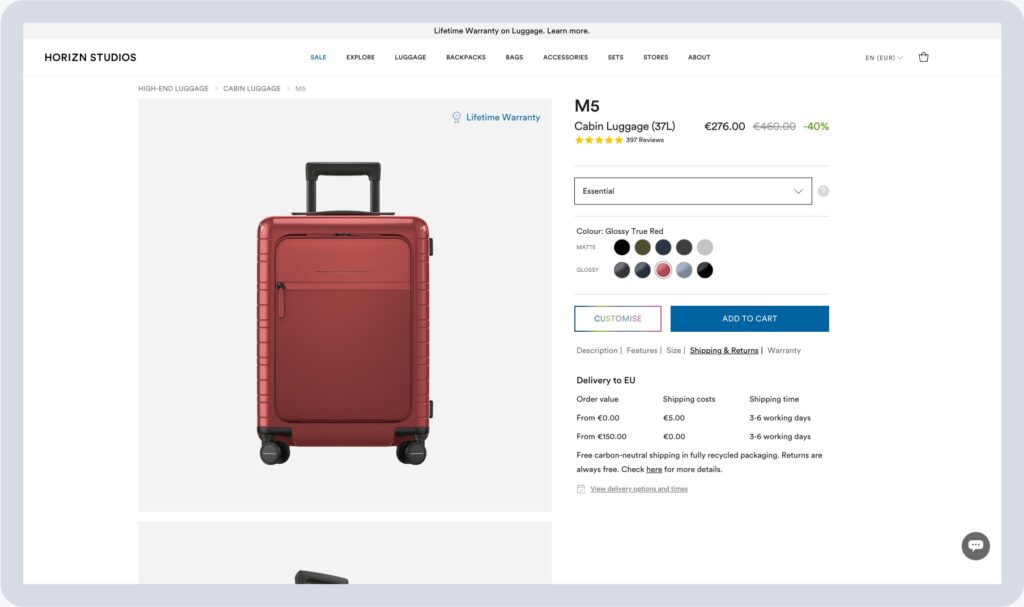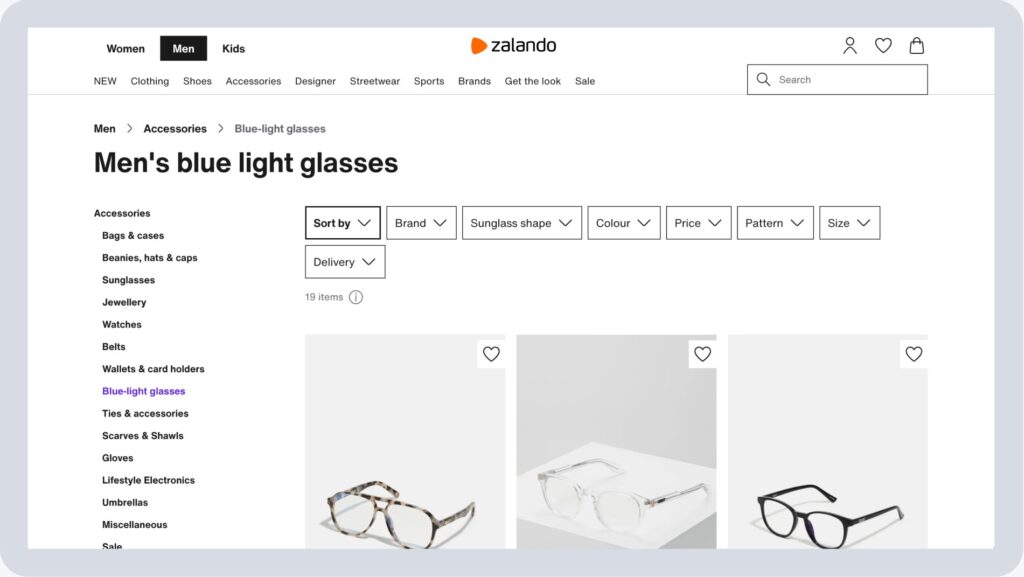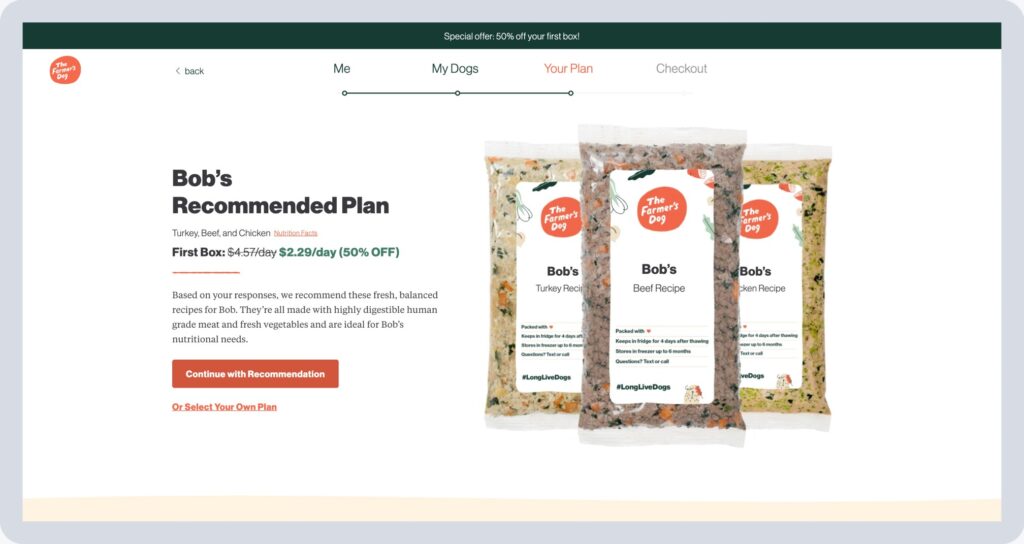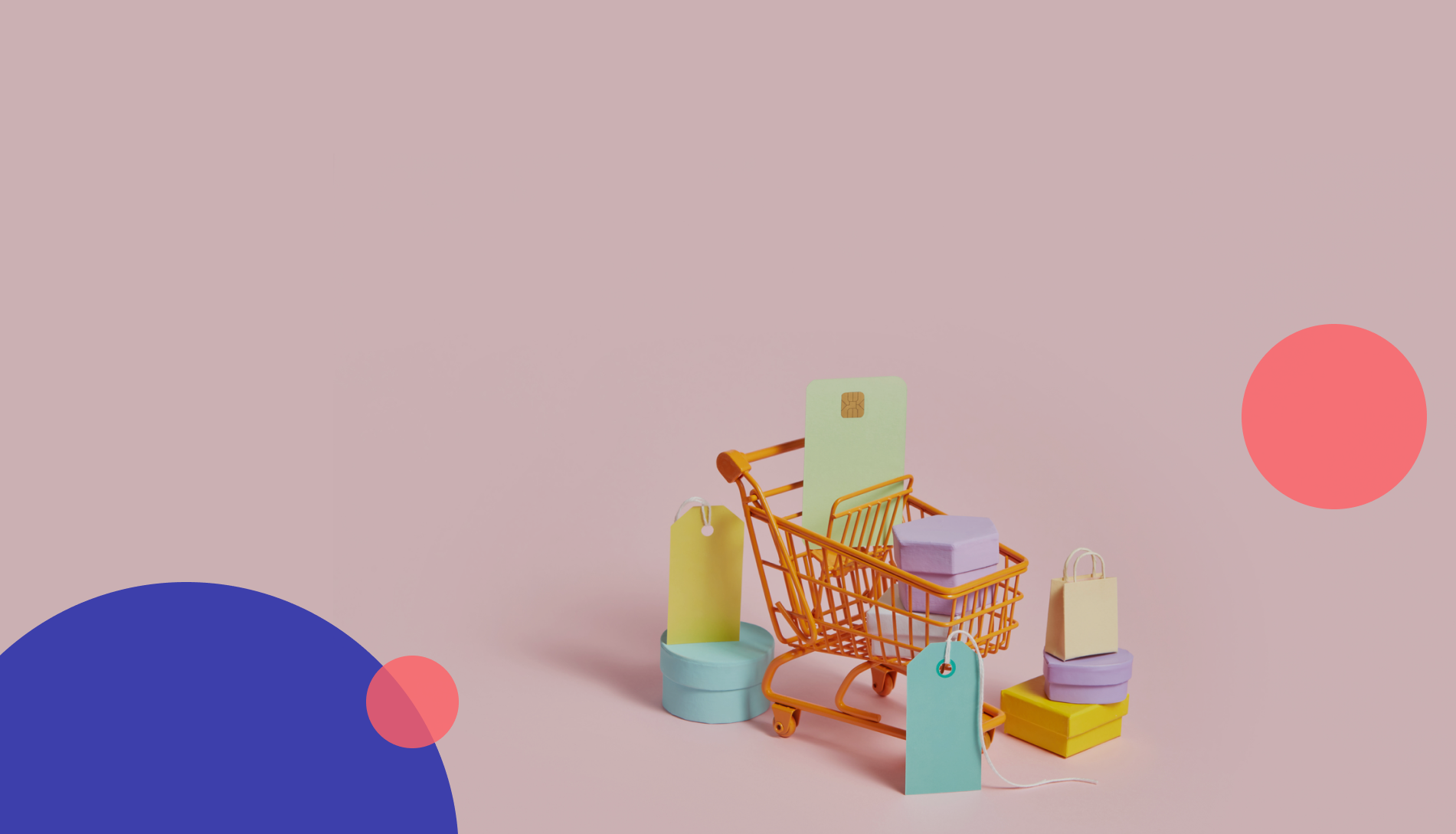User Behavior Analytics:
- Session Recordings and Heatmaps: Tools like heatmaps and session recordings can reveal where users are encountering
difficulties.
If the alarms are blinking on many of the above factors, it might be worthwhile to dive deeper into investigating if you need a revamp.
These high-level indicators can help you determine if a UI/UX overhaul is necessary to enhance user satisfaction and stay competitive.
These brands demonstrate that excellent UI/UX design is about functionality, engagement, and user-centric design, driving customer satisfaction and business success.
Trends in 2024 to Consider for Your UI/UX E-commerce Revamp
Having went through some cases and how they excel in UI/UX, it’s important to stay ahead by incorporating the latest trends into your e-commerce store. As we move into the last part of 2024, several emerging trends are shaping the future of online shopping experiences. These trends can guide your UI/UX revamp, ensuring that your store remains competitive and continues to delight your customers.
Let’s dive into the key trends that you should consider:
- Visual Storytelling for Impactful First Impressions: Leveraging powerful imagery and multimedia to captivate shoppers the moment they land on a page, aiming to leave a lasting impression that compels them to explore and purchase.
- Scrolling Storytelling: Transforming websites into storybooks, with each scroll unveiling a new chapter. This engaging approach holds attention and forges a stronger connection between the brand and the consumer.
- Micro-interactions: Subtle design elements that enhance user engagement. From dynamic feedback to animated loading screens, micro-interactions add a layer of sophistication and interactivity.
- Minimalist and Clean Aesthetics: Championing space, clarity, and tranquility in design, allowing users to focus on what matters: your products.
- Hyper-Personalization: Using AI and machine learning to create individually tailored shopping experiences, greeting users with a curation that feels crafted just for them.
- Augmented Reality (AR) Shopping: Allowing customers to visualize products in their environment before making a purchase, bridging the gap between digital and physical shopping.
Related Article
July 2024
Industry News
This guide highlights key 2024 trends, from quick-loading websites to seamless checkouts, offering a solid start to boost your online sales game.
7. Gamification of Shopping: Injecting game-like elements into the shopping experience to boost engagement.
From earning points for reviews to unlocking badges for repeat purchases, gamification transforms shopping into a lively adventure.
8. Accessibility in Design: Ensuring your e-commerce store is accessible to all users, including color contrast for the visually impaired,
text-to-speech capabilities for the blind, and easy navigation for those with motor disabilities. Complying with WCAG guidelines caters
to a wider audience and demonstrates social responsibility.
By integrating these trends, you can keep your e-commerce store fresh, engaging, and accessible. Not only will this help you meet your customers’ current expectations, but it will potentially also lead to increase in conversions.












